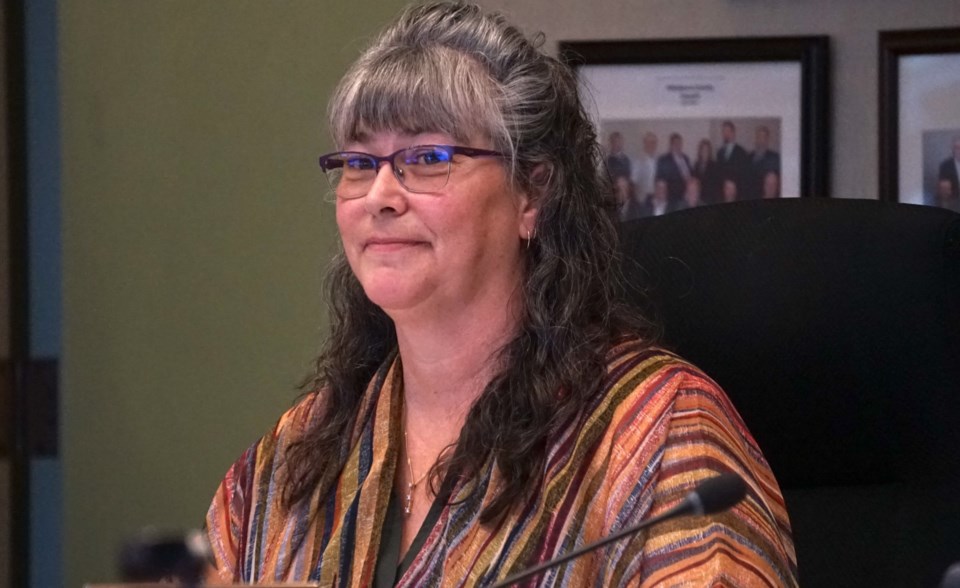ATHABASCA – Athabasca County residents will see a decrease in their property tax rate this year, but many may not notice a difference in their final bill due to rising property assessments.
In a special council meeting May 6, Athabasca County councillors voted 6–3 to approve their tax rate bylaw, with councillors Brian Hall, Camille Wallach, and Natasha Kapitaniuk opposed.
The bylaw drops the mill rate — a measurement that dictates how much money is taxed per $1,000 of assessment value — by five mills to help compensate for a large increase in the county’s taxable assessment. In total, Athabasca County will still bring in more money through its tax levy than before, rising to a grand total of $33.6 million, up from $30.3 in 2024.
“This is the least impact to the budget that I felt had the best impact for the residents,” said Reeve Tracy Holland.
“I was noticing that if we went to four, or three and a half, there was such minimal movement, so for me I felt very comfortable with the five per cent reduction.”
Council first debated the mill rate at an April 15 special meeting, where administration presented four options: no change, a five per cent residential decrease with a 4:1 residential-to-non-residential tax ratio, a one per cent residential decrease, and a small adjustment to non-residential rates only.
The tax cut coincides with reductions to water rates as councillors take active steps to ease the burden on residents during a time of high living costs. Opposed councillors, including Hall, said the council hasn’t been doing enough to tighten its budgetary belt to justify the revenue cuts.
“I absolutely support lowering the residential mill rate; that’s important for us to do, and we can afford to do it. But I voted against the budget and the tax rate bylaw because I know we could have done better,” said Hall.
“Ultimately, I object to some of unrestrained spending that isn’t aligned with our priorities and our strategic plan, and quite simply I don’t think we’ve worked hard enough on the budget to focus it on service delivery, on efficiency, and on alignment with our priorities.”
To accommodate both tax and rate reductions, administration reallocated portions of the budget without reducing overall spending. The initial tax rate scenario included a $95,000 transfer from the county’s reserves, which was a sticking point for certain councillors.
“I’m not comfortable with taking from reserves to pay for the budget, but I do think that if we could find a way to balance it out, it would be a huge win for our ratepayers,” said Coun. Ashtin Anderson, who voted in favour of the budget during the special meeting.
Municipalities can’t run a deficit budget under the Municipal Government Act, which necessitates the transfer from reserves that administration had planned for.
Athabasca County councillors have long been split when it comes to economic theory and practices, with some viewing the municipality as a business entity and others as a public service provider. Holland said she falls firmly into the latter category, and was okay with using some of last year’s windfall to cover this year’s services.
“There was quite a surplus that was able to be put into the unrestricted reserves. Out of 2024’s income and revenues, and for me personally, I felt that if we earned that revenue in 2024, it would be easy to use that revenue in 2025 if it meant giving something back to the residents.”



